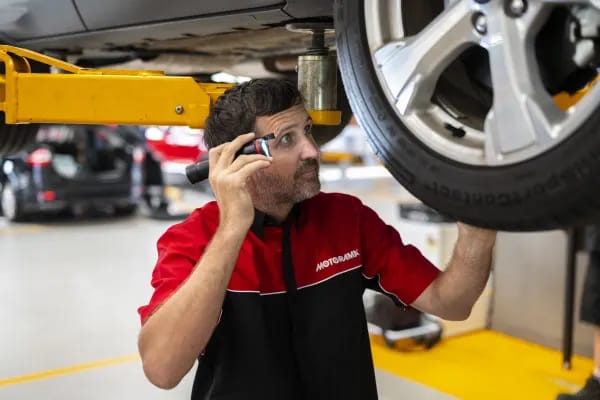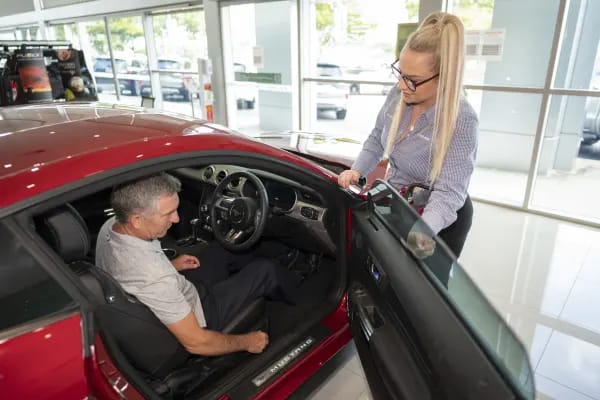
The 5 Best New Car Technologies
Posted in Buyer Advice
The 5 Best New Car Technologies
In-car technology has come a long way from the humble radio and manual window winders.
We took a look at some upcoming options that are currently in a few cars, and may make their way across the range.
Innovations have shaped personal technology in the home and on the move, but, until recently, cars had to soldier on with the same gadgets they’d been saddled with for 15 to 20 years.
Here are some of the exciting features popping up in more and more cars these days.
APPLE CARPLAY/ANDROID AUTO
Smartphones have become essential to most of us, but the downside is that it distracts a lot of drivers looking at texts and switching music on their app. Car makers have started to address this, by partnering with two of the biggest phone software creators and integrating your phone into your car.
Apple Carplay and Android Auto can mirror your phone onto your multimedia system, incorporating the voice activation on your mobile phone into your car. You can make a hands-free call, have your texts read out to you and control your music seamlessly if it’s stored on your smartphone.
While the system isn’t perfect, it addresses gaps that some multimedia units have in connecting with smartphones. The big benefit of the software is the universal ‘plug and play’ system; it doesn’t matter if you have an iPhone, a Samsung or another Android smartphone, the Carplay/Auto system will give you the same interface no matter who is connected.
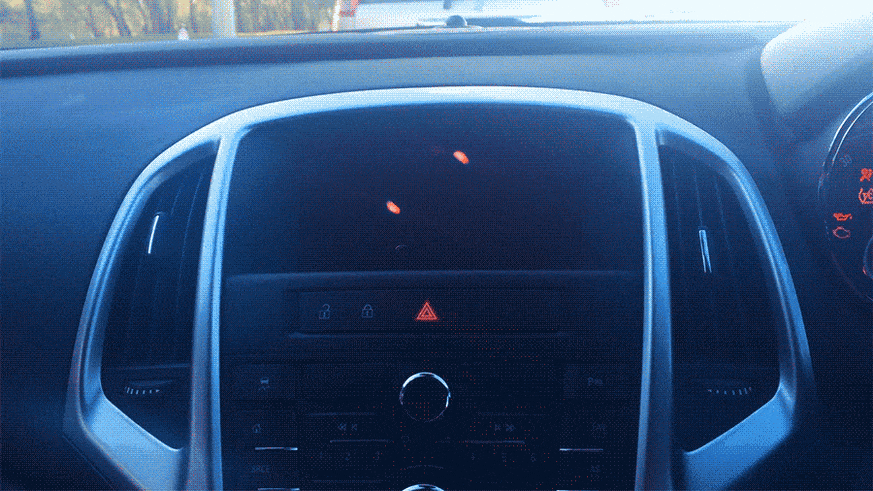
MULTIMEDIA CONNECTIVITY SYSTEMS
Even though Apple Carplay and Android Auto incorporate your phone into the car, if you don’t have an Apple or Android phone, or you don’t really need to be as synced up to your phone all the time, you won’t really appreciate the full benefits of the software.
One thing that carmakers have started to implement instead (or to compliment other software) is connectivity systems that do much more than just find the clearest radio station.
Systems such as Toyota Link, Holden MyLink or Ford’s SYNC not only connect to your media devices to play music, they also offer the ability to download apps and connect to either your mobile network or a nearby WiFi signal to bring up functions like calling your dealership if you're broken down, or emergency services if you're in a crash.
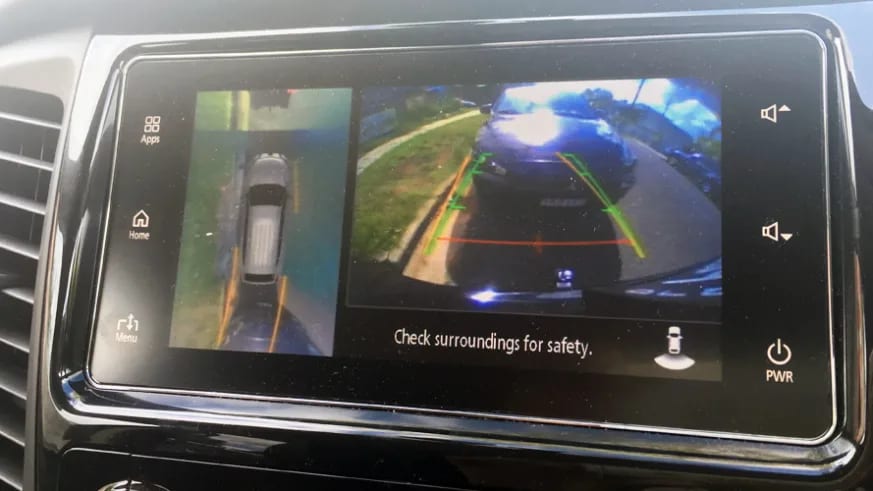
AROUND VIEW CAMERAS
We’ve talked about the around view system as a new safety feature to look out for, but as a piece of technology it’s becoming much more important.
As car buyers drift towards larger cars like SUVs (and particularly large 4WD utes), having a clear view around your vehicle is sometimes difficult. Reverse cameras are a standard piece of equipment, especially if you have kids or pets that have a tendency to run around where you’re parked at home. Around view cameras take it even further, allowing you to see what’s around you before you make a turn or accelerate out of a tight spot.
Unfortunately, it’s not available in too many vehicles yet (And often on the flagship, top trim models in vehicles like the Mitsubishi Pajero Sport, Nissan Patrol and Kia Carnival), but we hope that this changes, especially as the technology becomes cheaper for carmakers to include.
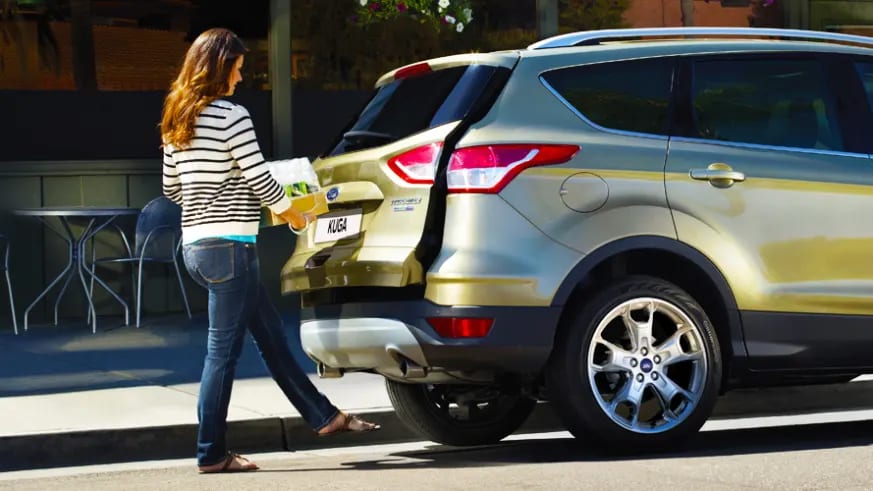
KEYLESS TECHNOLOGY
Ever since designers decided to scrap hand cranks for car engines, the humble car key has been the way to open and start your car – making you search through the bottom of your handbag or put down your shopping to get it out. When central locking was introduced, you no longer had to unlock all the doors by hand – then remote locking made it even easier to get into the car if you’re in a hurry or have your hands full.
But all of these technologies still required physically handling the key or remote, which isn’t always conveniently on you.
Keyless technologies are now more widespread, with keyless entry and push button start on many cars. Some cars like the Ford Kuga take this even further, with a hands-free power tailgate system operated by flicking your foot under the rear bumper. This kind of technology would be even more helpful on heavy cars like the Mitsubishi Pajero or Toyota Land Cruiser Prado that spend part of their time off road and are used to carry a horde of passengers, so the hefty doors (especially with spare tyre mounted to the back) are a drawback if you’ve got your hands full or are parked on a steep slope.
Now that the technology is readily available, hopefully carmakers will make it available across the range of cars (including in the entry level trims that sometimes miss out.)

IN-CAR DRIVING MONITORS
Drivers today can have so much more technology to assist them on the road, from power steering to autonomous braking in case you don’t react in time.
Blind spot monitoring is becoming more common in vehicles, as an aide to drivers who aren’t confident at switching lanes, especially at highway speeds. Although it doesn’t make it down to entry trim models, it is slowly being adapted to affordable brands, so you can find it in vehicles under $40,000 like the Toyota Camry.
You can even option sensors that can monitor your behaviour behind the wheel, like the Ford Mondeo’s Driver Impairment Monitor, which gives you an alert to pull over and let someone else drive if it senses you’re getting tired or otherwise impaired to focus completely on the road.
The team at Motorama can take you through any new car technologies that you might be looking at in a new car, and keep in touch to be the first to know about the all new models rolling through the showroom.

